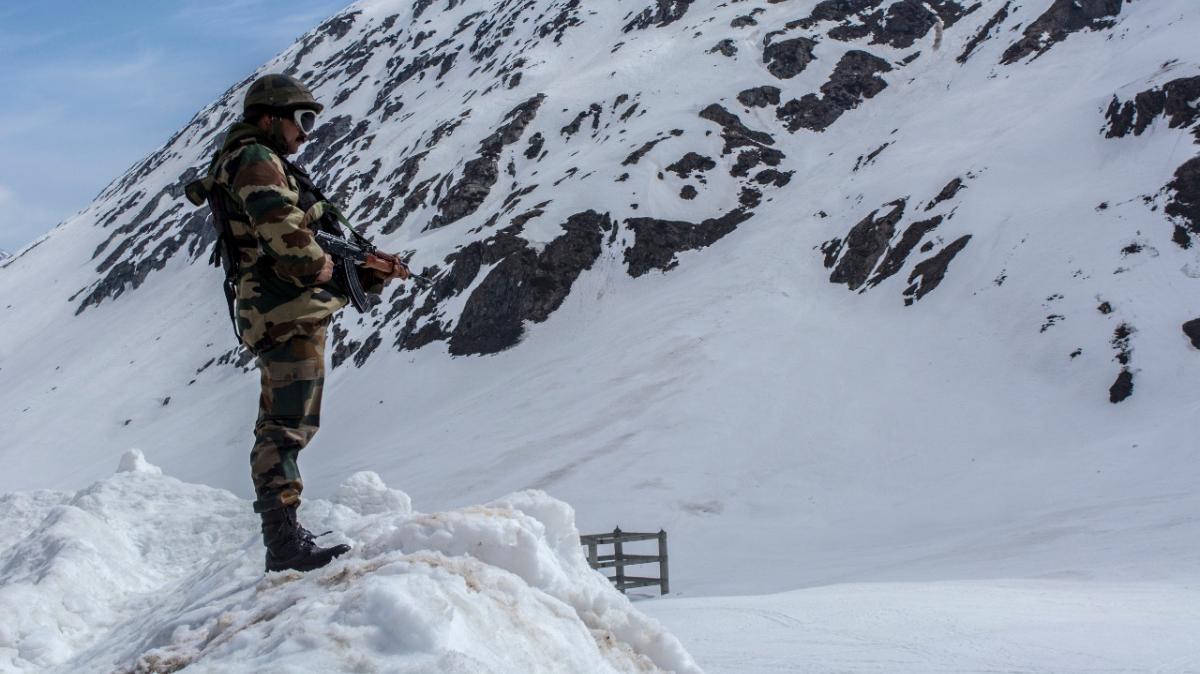- Joined
- Oct 2, 2018
- Messages
- 5,163
- Likes
- 42,880
The strategy you explained, is currently used by Pakistan. They have a plethora of different types of MANPADs and in huge numbers, because they know they won't be able to outnumber IAF in a war.Let me float my armchair theory and tell me if it's feasible.
Let's assume (hypothetically, of course) that the IAF is outclassed wholly and unarguably on a two front war.
Can implementing a change in our infantry composition (maybe even on a squad level) where every squad has a trained air guard with a MANPAD cause significant dent in enemy's capability?
How does MANPAD and it's behavior change with regard to aircrafts at high altitude?
I assume such a large dissemination of MANPADs will cause significant damage and will absolutely never let the enemy get complete air superiority, even if all IAF infrastructure is rendered useless.
Am I being unrealistically hopeful here?
What are the possible cons?
Any input is appreciated.
School me.
Although it will work to some degree, as we have seen in Ukraine, Afghanistan, Syria, Yemen, and Kargil, this just slows down enemy advance. Pakistan and China have no incentive of flying aircrafts close and low like idiots of RuAF, they will quickly switch to high-altitude PGM bombing like we did in Kargil, and only target HVTs and critical infrastructure instead of providing close-air support.
The air force's job is not only stopping the enemy air force (air domination), but also attacking the enemies on the ground. Most of our air force disabled will also mean China/Pakistan's supply lines, air defense, artilleries, and ammo dumps remain unchallenged.
So yeah, coming back to it. MANPADS will work as a resistance element, but it won't change the tide of the war.


 even the town in his screenshot is opposite Nepal
even the town in his screenshot is opposite Nepal

 ..
..